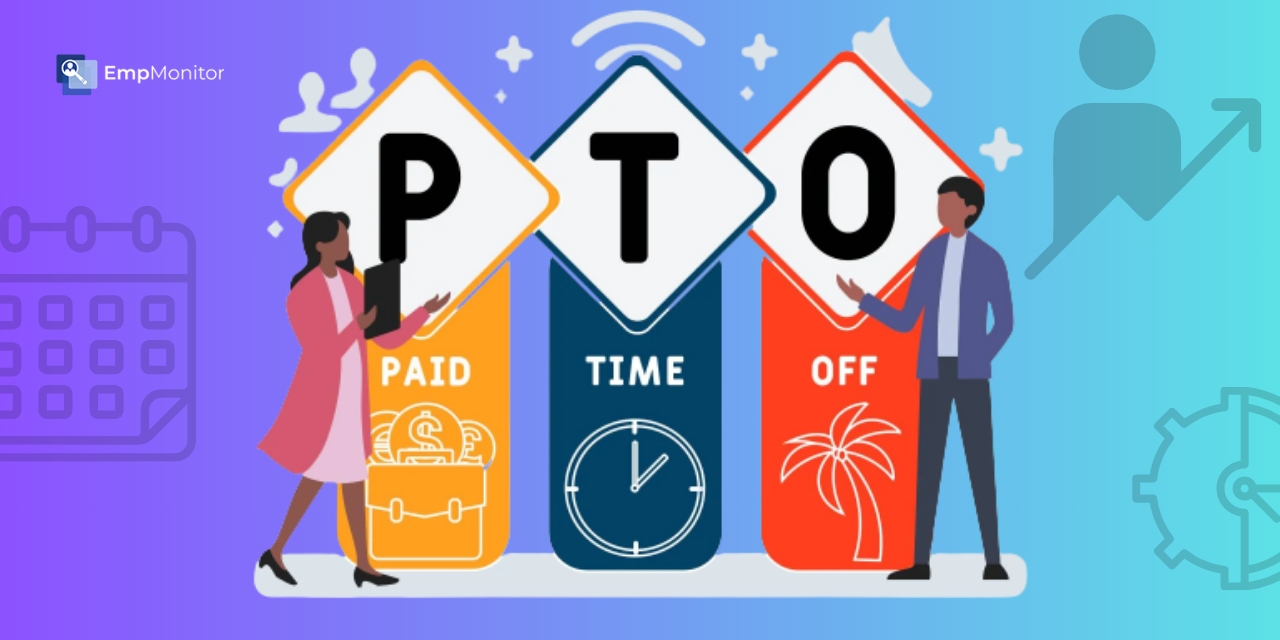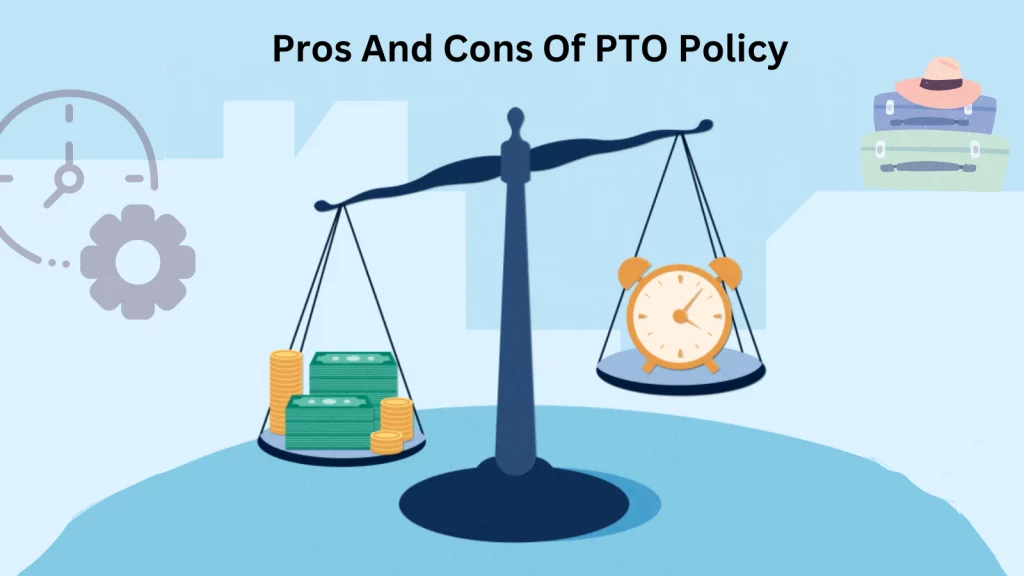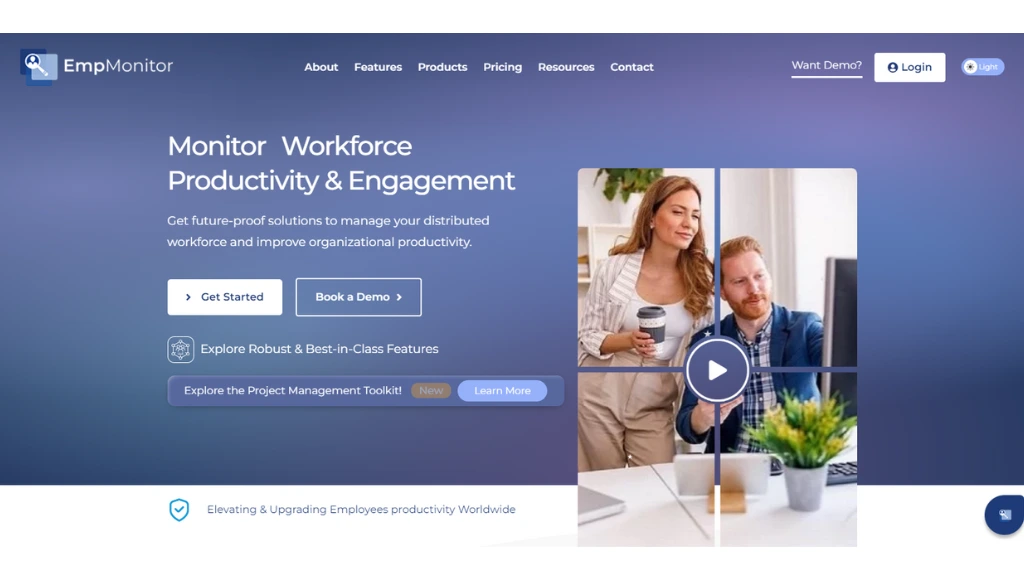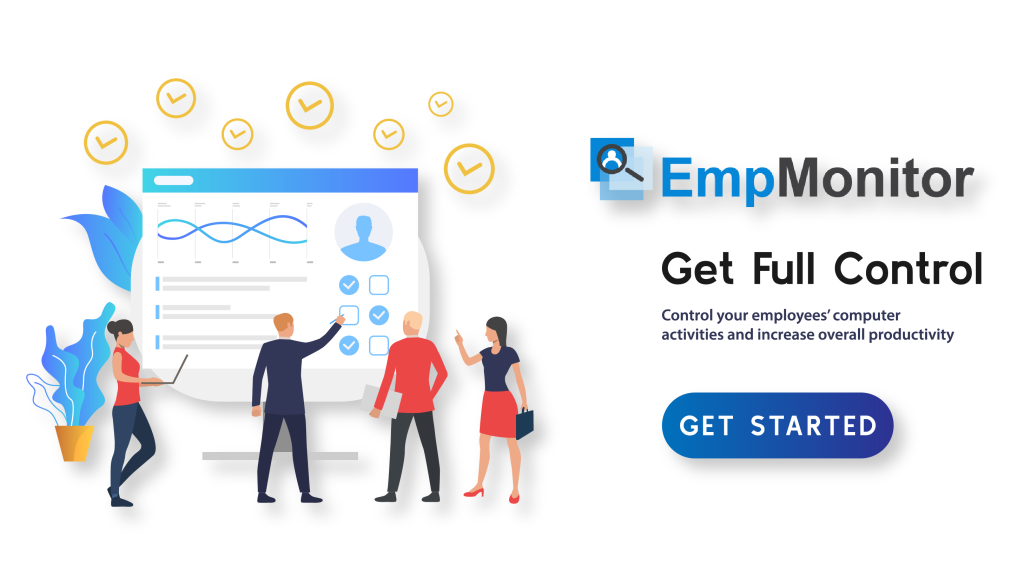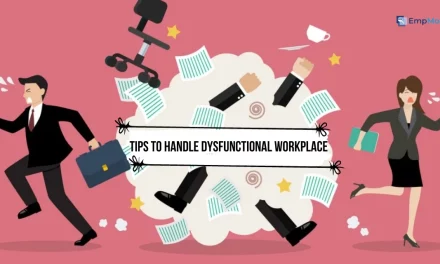Organizations big and small are always searching for ways to boost their employees’ productivity levels. Achieving a balance between productivity and well-being is a challenge.
Nowadays, employee engagement is quite crucial in the workplace. And to ensure better work engagement, organizations provide holistic employee benefits to enhance employees’ work experience.
While there are many employer-give benefits that a company can offer to potential employees, let’s take a look at one of the top runners – PTO– and see how it can affect your business.
Paid time off is one of the most often provided benefits, as well as one of the most highly considered.
Are you taking advantage of all the PTO available to you, or have you gotten glued with decisions inadequate over using PTO vs. vacation time?
While it’s not initially possible, there’s often a significant difference between PTO and vacation. Developing some strategies and tips to understand these classifications can help you and your team to get the full benefit of this time off.
In this blog, we’ll dive into the key points and ways in which PTO policy can boost productivity and Prosperity in the workplace.
HIT THE PLAY BUTTON TO LISTEN PODCAST:
An Overview Of The PTO and Vacation Decision
When it’s about taking a break from work, you may get a grab between choosing vacation time or PTO.
Deciding between PTO (Paid Time Off) and vacation involves considering time off request for personal needs or leisure. PTO combines various types of leave, offering flexibility for sickness, holidays, or relaxation. Vacation, on the other hand, typically refers to dedicated time off for rest and recreation.
Understanding this choice helps balance work and personal life. PTO accommodates diverse needs, while vacation focuses on dedicated freedom. Finding the right balance in a PTO policy ensures employees recharge, leading to increased productivity and overall well-being.
What Are The Pros And Cons Of PTO Policy?
PTO Benefits
Recruitment & Retention
An engaging PTO policy acts like a magnet, attracting the best talent and keeping them happy. It’s not just about getting new people; it’s about keeping the good ones too. This initiative shows that loyalty and hard work are valued, rewarding employees for their dedication and commitment. It’s a win-win situation that helps in both finding great people and keeping them around for a long time.
Employee Engagement
Taking breaks from work isn’t just about avoiding burnout; it’s about giving employees the chance to recharge, both mentally and physically. When they come back after a break feeling refreshed, they tend to be more involved and enthusiastic about their work. This helps them bring their best productivity to the job every day.
Use analytics to watch how PTO boosts engagement. One of the powerful tools, EmpMonitor software, provides detailed reports on the ROI of any program.
Employee Performance
Using PTO allows employees to recharge their batteries, coming back to work with renewed energy and enthusiasm. This time off isn’t just a break; it’s a chance to supercharge your brain. When you relax, your brain gets a chance to process and merge all the information and knowledge. That means when you’re back at your desk, you’re not just refreshed, you’re super ready to hold new knowledge and apply it effectively. PTO isn’t just a breather; it’s like giving your brain a power boost, making you sharper and more ready to take on new challenges.
Use vacation tracking software like EmpMonitor to see how PTO policy affects productivity!
Health And Wellness
Eventually, the benefits of Public time off come down to health and happiness. Taking vacation days lowers stress and the risk of severe health conditions like heart disease. That directly relates to improved engagement and productivity. And also it improves the overall quality of life!
PTO Drawbacks
Mismanagement
It’s up to employees to organize their time off, but this responsibility becomes better than others. Sometimes, employees struggle to plan and manage their time off effectively, leading to mismanagement.
Certain employees might be willing to use fewer vacation days so they can still access PTO in case of an emergency. Meanwhile, others may choose to use the entirety of their Public time off on an extended vacation without considering the possibility of unforeseen events that require PTO.
No Official Vacation
While having an equal number of days off or the same accrual rate encourages equality, the reality is different, workers have wildly different PTO needs. As they have no ‘official’ vacation time, staff with kids or a sick relative may end up using most of their PTO on unwell days. As a result, they will likely be more endangered by burnout and fatigue.
Unused PTO
Depending on your policy or the laws that are followed in your state or region, an employee who quits and happens to have a large bank of unused PTO can represent a financial burden. While in some states, workers give up their unused PTO when they leave their jobs. Other states require employers to pay out any unused vacation time upon termination, disregarding what they may have outlined in their PTO policy. Many companies still choose to pay employees for unused time as a goodwill gesture.
How To Use PTO Effectively
Here are some best practices for using PTO and managing time off requests of employees:
- Ensure your PTO policy aligns with state regulations and remains competitive with industry standards.
- Ask employees to schedule PTO in advance when possible.
- When using PTO for vacations, employees should seek approval first to avoid distributions. In other words, they shouldn’t just schedule a last-minute working week-long vacation.
- Let employees use PTO in hourly increments when they don’t need a full day off.
- Schedule vacations during less busy periods to prevent any negative impact on team performance, especially during peak season.
How EmpMoniter Can Help You Manage PTO
A well-structured PTO policy is essential for promoting productivity and prosperity within an organization. To enhance the effectiveness of such policy and for employee time off tracking, use automation tools like EmpMonitor software, and that can be a game changer.
EmpMoniter software streamlines the managing employee for PTO requests and PTO tracking, contributing to improved productivity in several ways. It simplifies the PTO policy process, allowing employees to submit requests digitally and reducing administrative overhead.
By automatic PTO employee vacation tracking, organizations can ensure that no PTO days go unused, preventing a financial burden when employees leave. It also provides valuable data for future workforce planning and resource allocation.
EmpMoniter allows you to generate reports related to PTO usage helping organizations ensure compliance with state regulations and providing insight for future policy improvement.
The software allows managers to see when employees are available, making it easier to schedule PTO without affecting team performance.
It is an employee monitoring software as it provides real-time monitoring of employees’ work hours. This feature helps in planning more effectively.
CHECK OUR RELATED POSTS:
TIME OFF REQUEST- MEANING, WHAT TO INCLUDE IN POLICY, & MORE!
HOW FLEXIBLE HOLIDAY POLICY CAN HELP YOU IMPROVE EMPLOYEE ENGAGEMENT AND PRODUCTIVITY?
HOW TIME CALCULATOR HELPS YOU MANAGING EMPLOYEES IN 2022?
Trends In Paid Time Off
Organizations use a range of methods for calculating PTO. Here are several commonly used models:-
Accrual Method
Employees may accrue PTO hours throughout the year. In an accrual system, every day worked may leave a certain amount of PTO.
Rollover Policies
Some organizations have rollover policies. It means PTO can be moved from year to year.
Increasing PTO With Seniority
In some organizations, increased seniority brings more benefits. The longer employees work there, the extra PTO they receive.
Buying And Selling PTO
Some organizations allow employees to “buy and sell” PTO. Buy/sell policies involve a method of trading PTO. In exchange for selling PTO, employees receive additional compensation. Those who purchase PTO pay for additional time off.
Cashout Option
Some organizations have a cashout option. At the end of the year, employees receive pay for a definite amount of unused PTO. Or, upon resignation or retirement, they get this payment. The company must specify in advance what the cashout rate will be. Sometimes it is a definite percentage of an employee’s hourly (or daily) compensation.
Wrapping up
It’s always a good method to encourage employees to use their PTO rather than let it build up.
Also, it should go without saying, but make efforts to stop employees from taking their PTO it will be extreme burnout. Create an environment where all workers feel comfortable and supported in their ability to take time away. So, they’ll return to work, be more productive, and a lot more likely to stay with the organization in the long run.
By implementing the PTO Policy in your organization, you can boost employee satisfaction and productivity and bring your company into the future. Remember, EmpMoniter is always here to help with your PTO-tracking needs.

